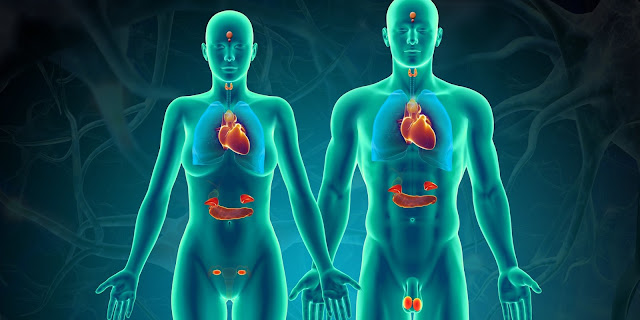Understanding Recreational Oxygen Equipment
Recreational activities at high altitudes have become increasingly popular in recent years. Hiking, mountain biking, skiing and other sports above 8,000 feet now attract many adventure seekers. However, the lower oxygen levels at altitude can affect even fit individuals. Recreational oxygen equipment has therefore become an important tool for enjoying activities in the mountains safely. This article explores the various types of recreational oxygen equipment available and how they can aid high altitude pursuits.
Oxygen Cylinders
One of the most common forms of Recreational
Oxygen is portable oxygen cylinders. Cylinders come in various sizes,
from small and lightweight to larger heavy-duty versions. They contain
pressurized oxygen that can be delivered through a nasal cannula, mask or other
delivery device.
Mini cylinders hold around 30 litres of oxygen and weigh 2-3 lbs, making them
very portable for day hikes or bike rides up to 12,000 feet. Compact cylinders
are a bit larger at 60-90 litres and 3-5 lbs, offering more oxygen for longer
outings up to 14,000 feet. Backcountry cylinders are the biggest portable type,
carrying 300-600 litres of oxygen and weighing 10-20 lbs for multi-day treks
over 14,000 feet. Rechargeable and disposable cylinders provide conveniently
pre-filled oxygen without the need for refills in the field.
 |
| Recreational Oxygen Equipment |
Oxygen Concentrators
For extended trips where cylinder refills aren’t practical, oxygen concentrators are a good solution. These devices extract oxygen from the air through an electric compressor and molecular sieve. Some lightweight concentrators can deliver up to 3 litres per minute of oxygen, running on internal batteries or external power for 8-12 hours before recharging.
Larger portable concentrators are more powerful at delivering 5 litres per minute, run times of 12-24 hours, and include features like built-in oxygen sensors and hour meters. They weigh 8-15 lbs and don't require bulky cylinder refills. An onboard battery provides mobility while an AC power supply recharges it overnight in camp. Concentrators avoid the need to transport heavy gas cylinders and refill logistics at high altitude.
Oxygen Delivery Systems
Once the oxygen is sourced from cylinders or concentrators, it must be effectively delivered to the user’s airways. Nasal cannulas are a common lightweight option, consisting of lightweight prongs that rest beneath the nose. They deliver 1-6 litres of oxygen per minute continuously with minimal distraction.
Oxygen masks are bulkier but provide a higher flow of 6-15 litres per minute for more extreme conditions over 16,000 feet. Some feature a flexible silicone skirt to seal tightly around the face while allowing eating and drinking. Full face masks deliver the highest flows up to 25 litres per minute and incorporate goggles for glacier travel or winter activities.
Accessories like carrying bags, battery packs, hydration reservoirs and oxygen sensors round out recreational oxygen equipment setups for reliable function at altitude. Well-chosen equipment allows enjoying high mountain pursuits safely by mitigating hypoxic conditions.
Safety Considerations
While oxygen equipment extends what’s possible at altitude, certain safety precautions must still be followed. All users should undergo instruction from a qualified provider on proper equipment operation and limitations. Oxygen alone does not negate fundamental risks from rapid elevation gains, cold temperatures or physical exertion.
It’s critical to understand flow settings needed at different altitudes, as too little oxygen can fail to mitigate symptoms while excess adds risk from fire or explosion hazards. Equipment should undergo regular maintenance and inspections, especially for cylinders that require hydrostatic testing on a five-year cycle. Carrying backup equipment is prudent for unforeseen equipment failures in remote settings.
Proper planning is also important, including acclimatization itineraries to allow the body time to adjust to lower available oxygen. Symptoms like AMS, HACE or HAPE still require descending if they arise. Overall fitness, hydration and nutrition play a role alongside oxygen supplementation in enjoying high altitude activities safely. With education and responsible use, recreational oxygen equipment empowers many to access incredible mountaintop destinations.
As recreational pursuits continue expanding into higher elevations, oxygen equipment will remain a valuable tool. Lightweight portable concentrators are growing in popularity compared to bulkier but longer-lasting cylinder setups. Meanwhile, new delivery devices aim to boost oxygen flows while balancing comfort. With safe operation knowledge and backup plans in place, enthusiasts can rely on today’s options to explore beautiful alpine vistas that would otherwise be closed off. Ongoing advancements promise to make high-altitude fun accessible to even more people well into the future.
Get
more insights on Recreational
Oxygen Equipment



Comments
Post a Comment